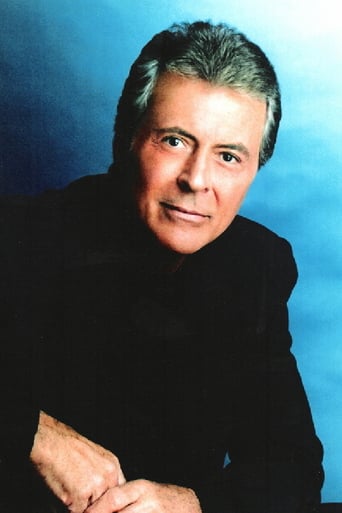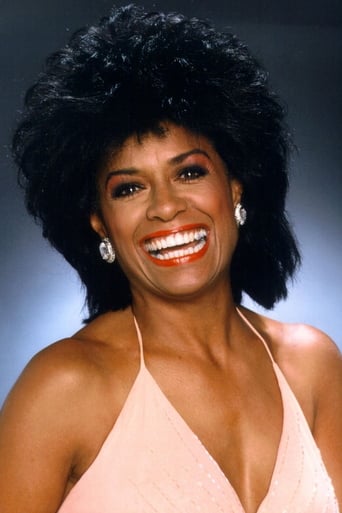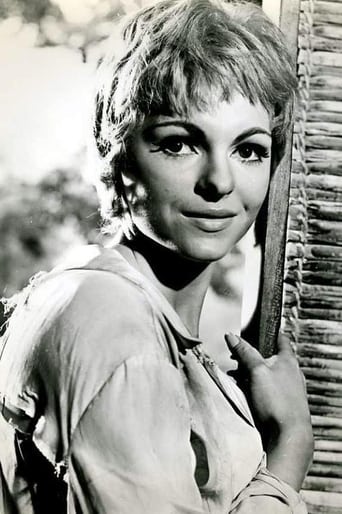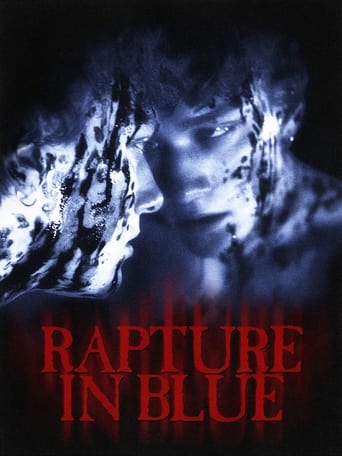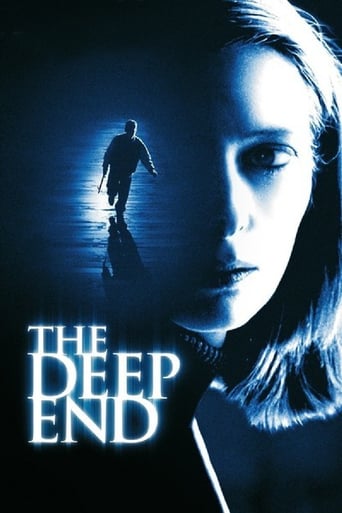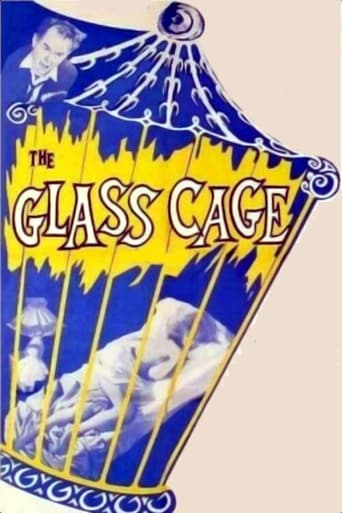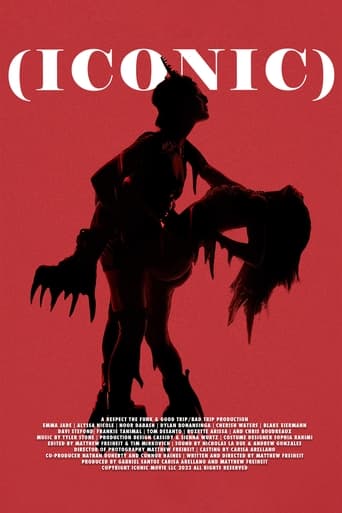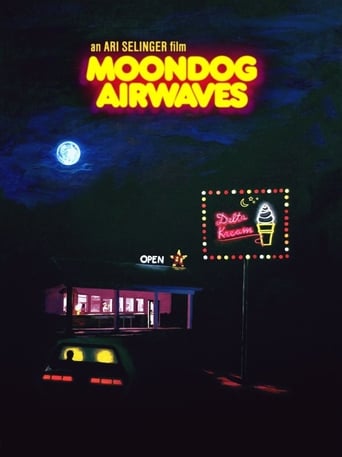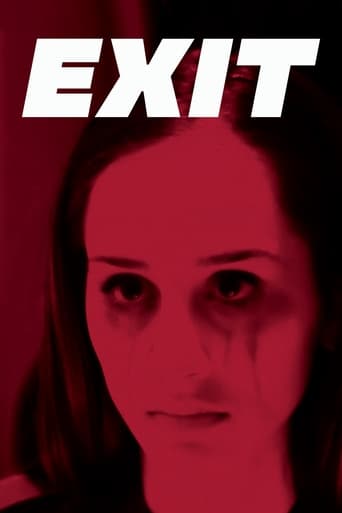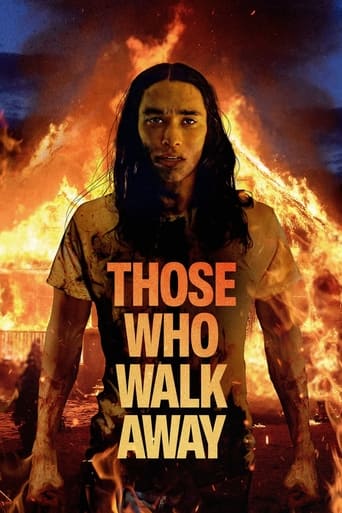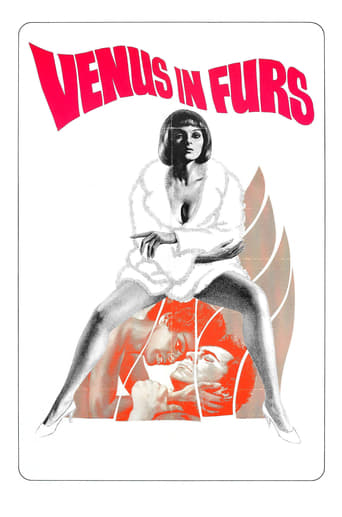

Venus in Furs (1969)
A musician finds the corpse of a beautiful woman on the beach. The woman returns from the dead to take revenge on the group of wealthy sadists responsible for her death.
Watch Trailer
Cast


Similar titles
Reviews
Traumatized trumpet player Jimmy Logan (a solid and likable performance by James Darren) discovers the beautiful dead body of mysterious femme fatale Wanda Reed (smoldering and mesmerizing blonde Maria Rohm) on the beach in Istanbul. Things take a turn for the strange after Wanda shows up still alive in Rio. Logan and his singer girlfriend Rita (a delightful portrayal by the delicious Barbara McNair) soon find themselves caught up in a dangerous whirlpool world of deception and debauchery that also involves predatory lesbian Olga (luscious brunette Margaret Lee), depraved rich playboy Ahmed Kortobawi (Klaus Kinski in peak suavely slimy form), and art dealer Percival Kapp (a brief appearance by Dennis Price).Director Jess Franco, who also co-wrote the abstract, yet intriguing script by Malvin Wald, relates the engrossingly outer story at a hypnotically deliberate pace, does an ace job of crafting an arrestingly far-out, oblique, and enigmatic dreamy atmosphere, pulls off a neat supernatural twist ending, makes nice use of the exotic locations, and delivers a satisfying serving of tasty female nudity along with a sizzling smidgen of sizzling S&M-flavored soft-core sex. Angelo Lotti's stylish cinematography provides a sumptuous bright look and boasts lots of funky visual flourishes. The supremely groovy jazz score by Manfred Mann and Mike Hugg hits the swanky'n'swinging spot. Both Frnco fans and aficionados of oddball 60's psychedelic cinema should totally dig this one.
No doubt in Spain the name Jesús Franco is a perfectly normal one, no stranger than, say, Harry Brown or Jack Robinson would be to us, but to English eyes the combination of the name of the Son of God with that of a notorious dictator seems rather disconcerting. Senor Franco may have realised this, because for English-speaking audiences he dropped the second vowel from his Christian name, becoming simply "Jess". His supernatural and erotic thrillers from the sixties and seventies have won him a reputation in some circles as a cult director, but to my mind he has always seemed a classic example of the talentless hack director who suffers from delusions of grandeur and imagines himself a great auteur. The original novel "Venus in Furs" was published in1870 by the Austrian writer Leopold von Sacher Masoch, the man who gave his name to masochism, but apart from the title, the name of the heroine (Wanda) and her love of wearing fur coats (and very little else) there is very little connection between the novel and the film. Sacher Masoch's name does not appear in the credits, which state that the script is "from a story by Jess Franco". The hero of the original book was named Severin, but here, more prosaically, he becomes Jimmy. The film opens with Jimmy, a young jazz musician, wandering along a beach near Istanbul, where he discovers the dead body of a young woman washed up on the beach, and realises with a shock that the corpse is that of his girlfriend Wanda. The body appears to have been mutilated, but no precise information is given as to how she died. In fact, the film does not really give us any precise information about anything. From Istanbul Jimmy travels to Rio de Janeiro where he finds Wanda alive and well, but the causes of her sudden return to life remain even more mysterious than the causes of her death. The one clue is given in the film's Italian title, "Puo una morta rivivere per amore?"- "Can a dead woman return to life through love?" (This is officially an Italian film, even though the dialogue is in English). Jimmy revives his relationship with Wanda, much to the discomfiture of his new girlfriend Rita. I mean, sharing your boyfriend with another woman is one thing, but sharing him with a reanimated corpse quite another. Trying to summarise the plot any further would be a vain enterprise, as this is the sort of film which generally avoids plot altogether. The rest of the film is generally taken up with various love scenes involving either Wanda or another mysterious fur-clad beauty named Olga. It ends with Jimmy returning to Istanbul, wandering along the same beach and discovering Wanda's corpse for the second time. The sex-scenes are fairly tame by modern standards, but in 1969 sex-scenes of any description were something of a novelty so they were probably well- received by audiences of the day. None of the cast made any impression, except for the wrong reasons. Maria Rohm as Wanda has something of the look of a porcelain doll, and about as much acting ability. She was so wooden that I wondered if Franco had instructed her to play the role in a deliberately emotionless way. James Darren as Jimmy is no better, although I was surprised to see Dennis Price among the cast-list. In the 1940s Price was one of the rising stars of the British cinema, especially after his starring role in Robert Hamer's great comedy "Kind Hearts and Coronets", but his career went into something of a decline in the sixties, largely due to problems in his personal life, and he ended up acting in some rather unsuitable films, especially low-budget horror. I never realised, however, that he declined quite as far as this. There is no real reason for the action to take place in Istanbul or Rio- none of the characters are Turkish or Brazilian- but Franco doubtless fancied a trip to somewhere exotic. Some of the shots of the two cities are quite attractive, but in general the photography is highly eccentric, Franco making the maximum use of such devices as shaky hand- held cameras, blurry soft-focus and colour filters. Some of these devices can, in other hands, be effective, but here they only give an overall impression of ineptitude and of a director desperately trying to show off his cleverness while betraying his lack of it. I came very close to awarding this film the ultimate insult of a 1/10 mark; I only refrained because I normally reserve that for films which fall into the "so bad it's funny" category. "Venus in Furs" never quite sinks that low- it's more a question of "so bad it's boring"- but it did nothing to change my impression that Franco was the man who tried to do to the European film industry what his infamous namesake did to Spanish democracy. 2/10
Anyone claiming that cult filmmaker Jess (Jesus) Franco was a hack, obviously has never seen his masterpiece, "Venus In Furs" aka "Paroxismus." Mind-bending, visually stunning tale of a jazz musician obsessed with the beautiful blonde woman, murdered as he watched, during an S&M session that went too far. Already haunted by her memory, he becomes lost in a hallucinatory World when her nude body washes up on shore. and the world in which he finds himself might..or might not be Hell. Very original concept at the time, an idea that has been imitated countless times since, in such films as David Lynch's "Lost Highway." The dreamlike jazz score is as sensual as the images on screen. The scenes in Istanbul, where the adventure begins and ends, are beautiful and chilling, and sexually charged images played against the backdrop of Mosques and Islamic chanting make for a bizarre and unsettling experience. Actor James Darren is perfectly cast in the main role of the trumpet player. Darren, who was an acquaintance of jazz legend Chet Baker, based his character on the horn player, imitating his mannerisms and way of speaking. Barbara McNair is wonderful as the lounge singer, who tries to save Jimmy Logan from his inescapable fate, and of course Maria Rohm inhabits her role as the 'Venus in furs,' back from hell to avenge her death. And who can forget the piercing blue eyes of Klaus Kinski, as Ahmed..the Turk with a taste for sadomasochistic sex. What a cast! "Paroxismus," with it's unique editing, camera work, framing, lighting etc is something that should be studied in film classes; it is that good. This is what cinema is all about.
As likely to be heralded in certain circles as a preeminent figure of stylish erotic Eurohorror as he is to be dismissed as a hack-of-all-trades and purveyor of Eurotrash, often both at the same time given his gargantuan and largely uneven filmography and depending where your affections lie, Jesus Franco if nothing else at least can't be brushed aside easily. If Oasis of the Zombies gives valid claim to the second, Venus in Furs does the same with the first.A jazz player discovers the body of a woman washed up in a beach in Istanbul. Weirdness ensues. Not really 'meaningful' weird, the kind of weird that suggests a certain insight to be gleaned from closer inspection, but 'captivating' weird, 'hallucinogenic' weird, the kind of weird where you buy the ticket and are happy to be simply swept along for the ride. The movie seems disjointed at first, haphazard, low-key voice-over narration transporting us through time and space back and forth until plot and story cease to exist in any one given level. Yet it doesn't take long for a sort of inner rhythm and flow, jazzlike and hypnotic, to emerge. Suddenly we're in a ritzy party and Klaus Kinski is peering wide-eyed into the camera. The dead woman is now alive, scantily dressed and being flogged in a dimly lit basement by Kinski and two of his friends. From Istanbul to Rio back to Istanbul, the strange woman seems to be exacting some kind of revenge while she keeps a love affair with the horn player on the side.For all the casual languid randomness, Franco seems to know what he's doing. Not narrative speaking so much as in terms of atmosphere and overall ambiance. The camera constantly zooms back and forth, the movie pulsating with a jazz vibrato. Shots from the primary narrative (the actual story) are later repeated inside a flashback (fantasy? reverie?) making the boundaries between present and past tense blur hopelessly, turning the linear into cyclical. Something which is further compounded by the bizarre ending where I think Franco reaches for more than he can grasp and comes up mostly with straws. That combined with the little epigraph superimposed over the screen brings the movie down a notch because it reduces the heady surreal noir that precedes it into a "so it was all..." conclusion. By openly stating what we've been suspecting, that everything exists in someone's head and adheres to the fragmented laws of dreams and memory, Franco robs us of the pleasure of understanding for ourselves.Thirty years down the line Venus in Furs is more likely to appeal to fans of Alain Robbe-Grillet and David Lynch than Eurohorror hounds, the emphasis here being on mysterious rather than grotesque.


